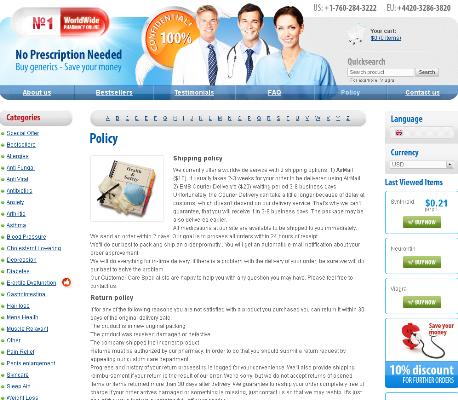How Elavil Works to Prevent Migraines
Deep within the brain, certain chemicals known as neurotransmitters play a key role in regulating pain signals and mood. Elavil, also known as amitriptyline, belongs to a group of medications called tricyclic antidepressants, but its effectiveness in migraine prevention isn’t about treating depression. Rather, it works by balancing these neurotransmitters—especially serotonin and norepinephrine—which are believed to be involved in triggering migraines.
By altering how the brain processes pain and influencing blood vessels, Elavil helps prevent the overactivity that can bring on a migraine attack. Instead of waiting to treat pain after it starts, this medication tackles the problem at its source, making attacks less frequent and less severe.
| Mechanism | Benefit |
|---|---|
| Modulates neurotransmitters | Reduces migraine frequency |
| Stabilizes nerve pathways | Lowers intensity of attacks |
Starting Elavil: Dosage and What to Expect

When you begin taking Elavil for migraine prevention, your doctor will typically start you on a low dose, such as 10 to 25 mg at bedtime. This approach helps your body adjust to the medication and reduces the risk of side effects. Over several weeks, your physician may gradually increase the dosage based on how well you tolerate Elavil and how effective it is in reducing your migraines.
Expect to notice changes slowly. It can take a few weeks before you experience meaningful relief, so patience is essential. Early effects may include increased drowsiness or dry mouth. By staying in close communication with your healthcare provider, you can safely navigate this adjustment period.
Common Side Effects and How to Manage Them
When starting elavil, many people notice drowsiness, dry mouth, or a bit of weight gain, especially in the first few weeks. These symptoms can feel discouraging, but for many migraine sufferers, they often ease up as the body gets used to the medication. Staying well-hydrated, chewing sugar-free gum, and adjusting the timing of your dose—often at night—can make a big difference in managing these effects.
Sometimes, mild dizziness or constipation may also appear. To help minimize these discomforts, try rising slowly from sitting or lying positions and adding more fiber or gentle exercise to your routine. Communication with your healthcare provider is key; if symptoms persist or become unmanageable, your doctor can offer practical solutions or adjust your elavil dose for better comfort.
Timeline: When Will You Notice Results?

After starting Elavil, many patients eagerly track their progress, hoping for quick relief from migraines. However, it’s important to be patient—noticeable benefits often emerge gradually. Most people begin to see improvement within two to four weeks, though some may need up to two months before experiencing significant changes. Early on, you may notice fewer or less intense migraines rather than complete elimination. Communicate with your healthcare provider regularly to track progress and adjust the dose if necessary for best results.
Tips for Maximizing Migraine Relief with Elavil
Consistency with Elavil is key—taking your medication at the same time each evening can help establish a steady level in your system, enhancing its migraine-preventing effects. Pairing Elavil with healthy lifestyle habits, such as managing stress, staying hydrated, and getting regular sleep, can further reduce migraine triggers and improve your results.
Keeping a detailed headache diary allows you to track patterns and share valuable feedback with your doctor, helping tailor your treatment plan. Remember to avoid abruptly stopping Elavil—always consult your physician first.
| Tip | Benefit |
|---|---|
| Take Elavil consistently | Steadier migraine prevention |
| Monitor lifestyle triggers | Reducing migraine risk |
| Track symptoms in a diary | Improved doctor guidance |
Who Should Avoid Elavil for Migraine Prevention
For some people, Elavil may not be an appropriate option for migraine prevention. If you have a history of heart conditions, such as arrhythmias or recent heart attacks, this medication can potentially worsen those problems. Individuals with a known allergy to amitriptyline or related medications should also steer clear.
Elavil can interact with certain medications, especially monoamine oxidase inhibitors (MAOIs) and other antidepressants, increasing the risk of severe side effects. Always share your full medication list with your healthcare provider.
Pregnant or breastfeeding individuals should use caution, as Elavil’s safety in these populations isn't well established. Additionally, those with glaucoma or urinary retention may experience symptom worsening with this treatment.

